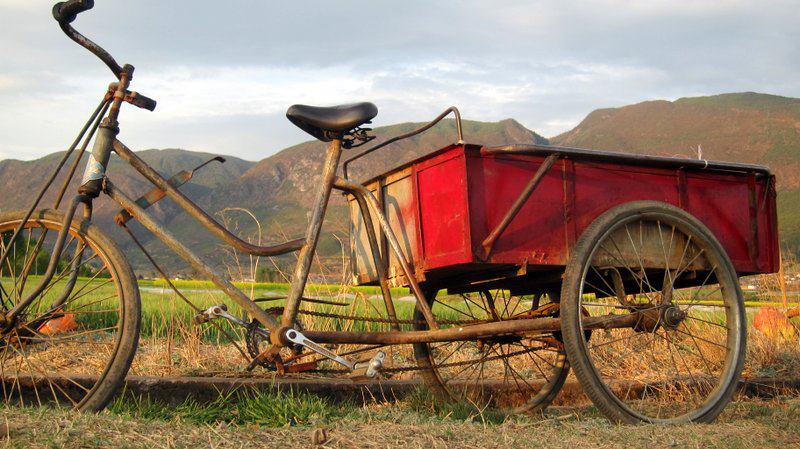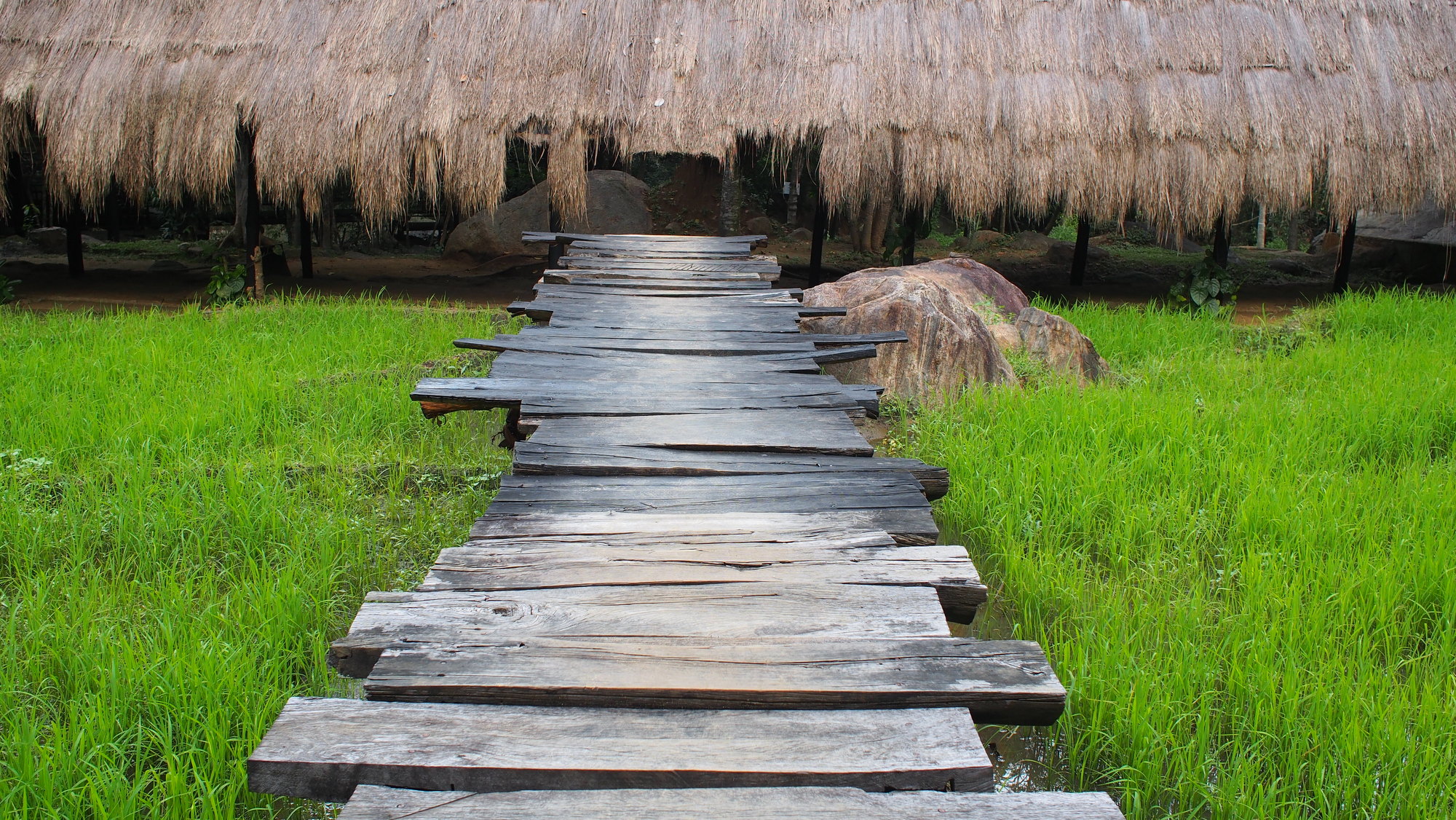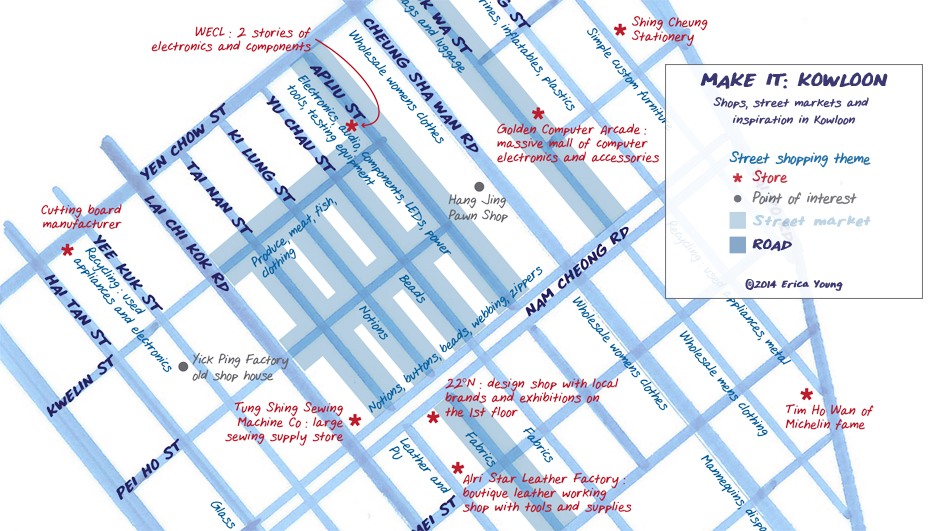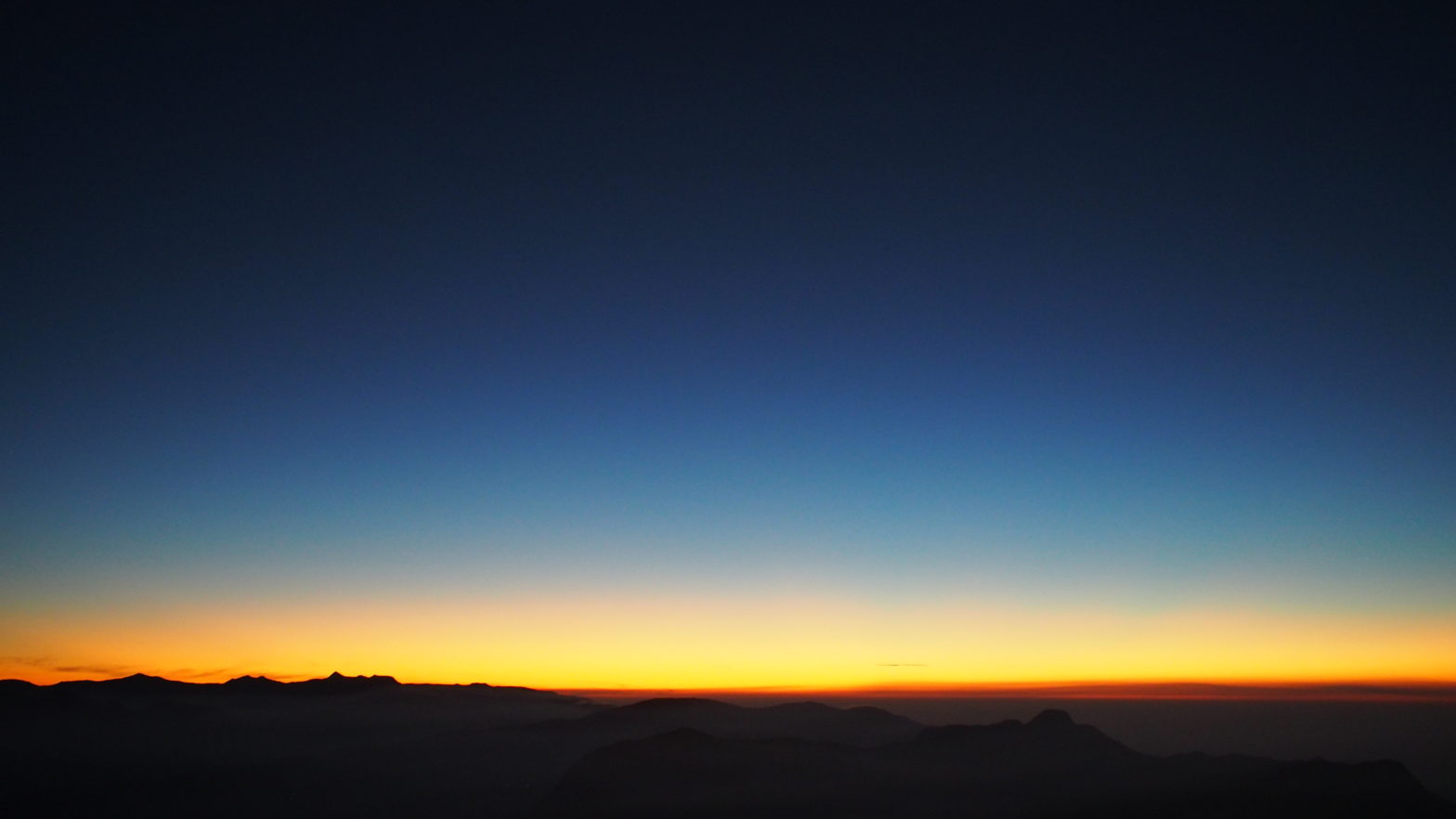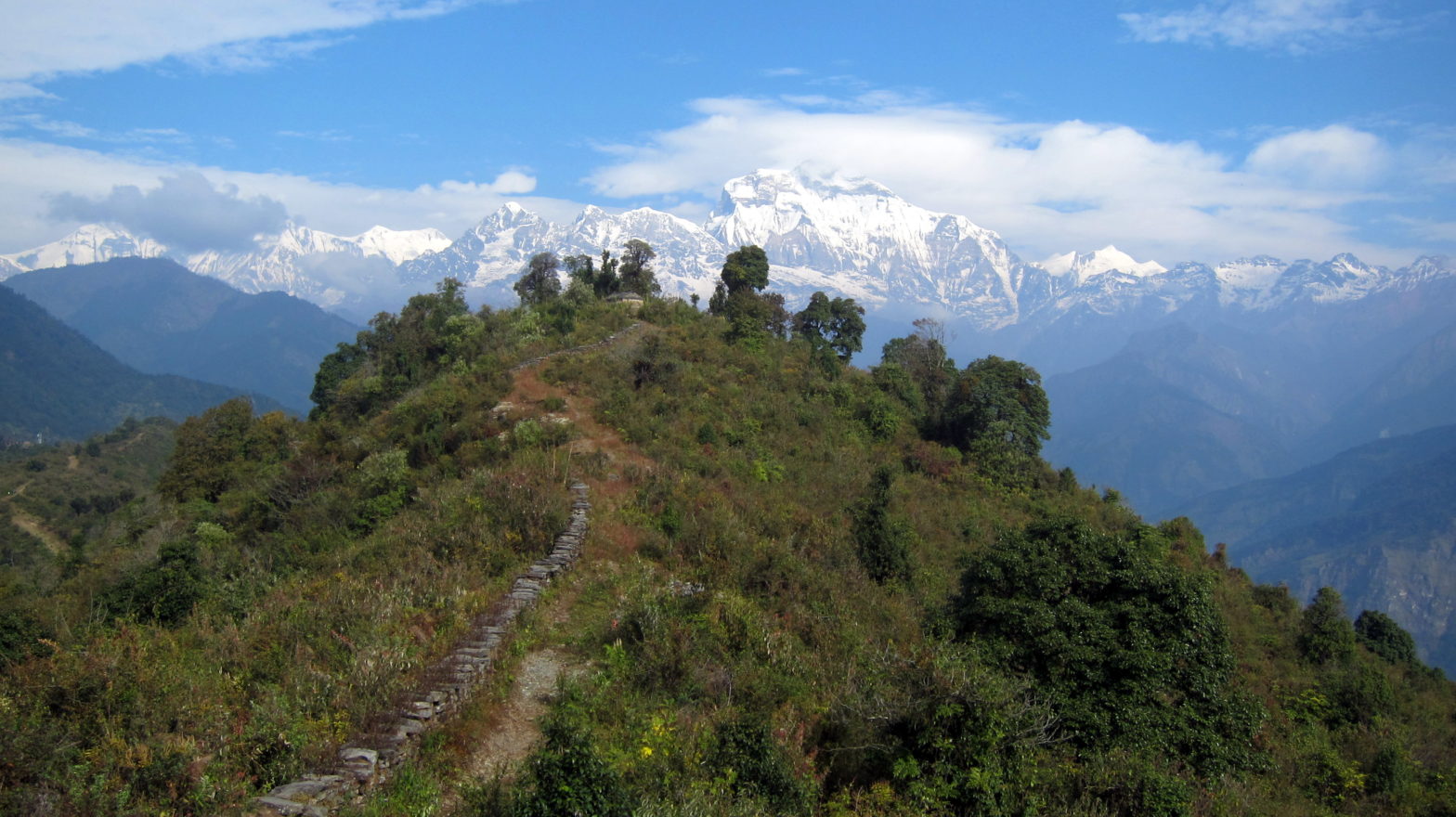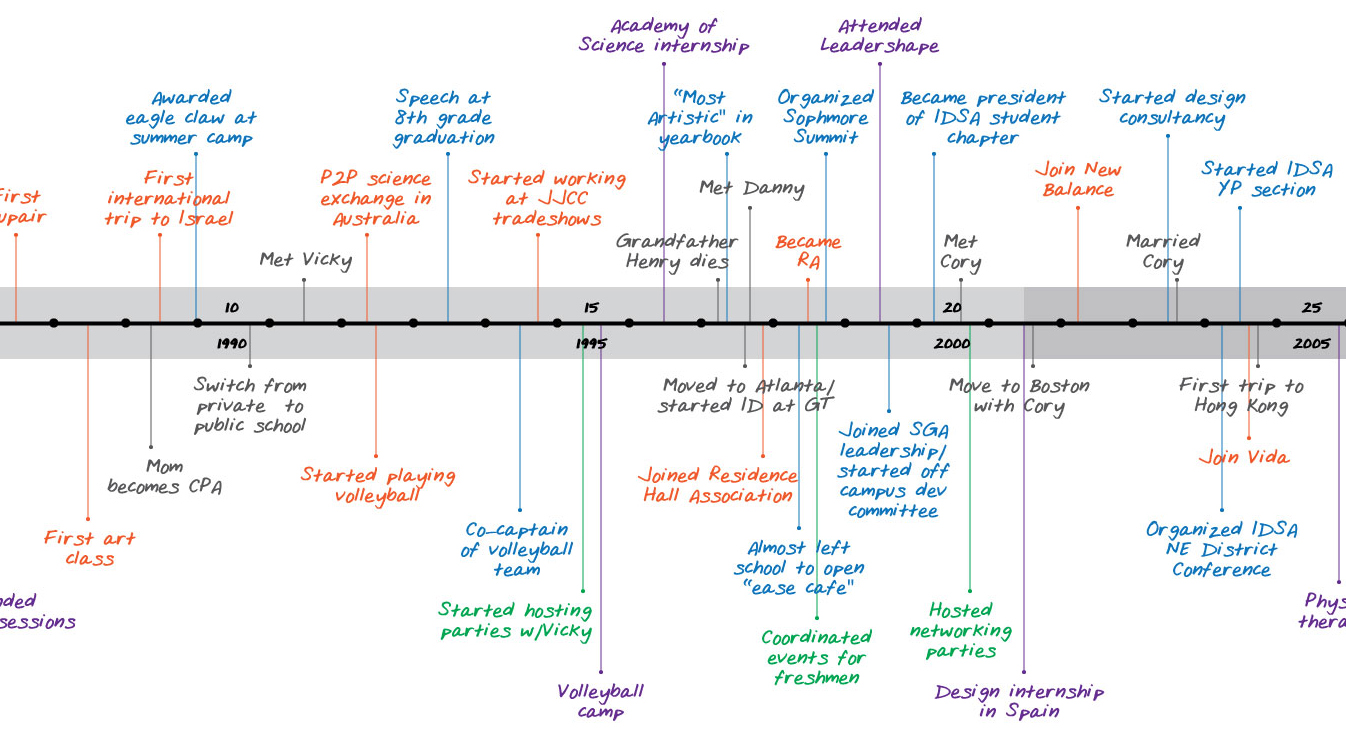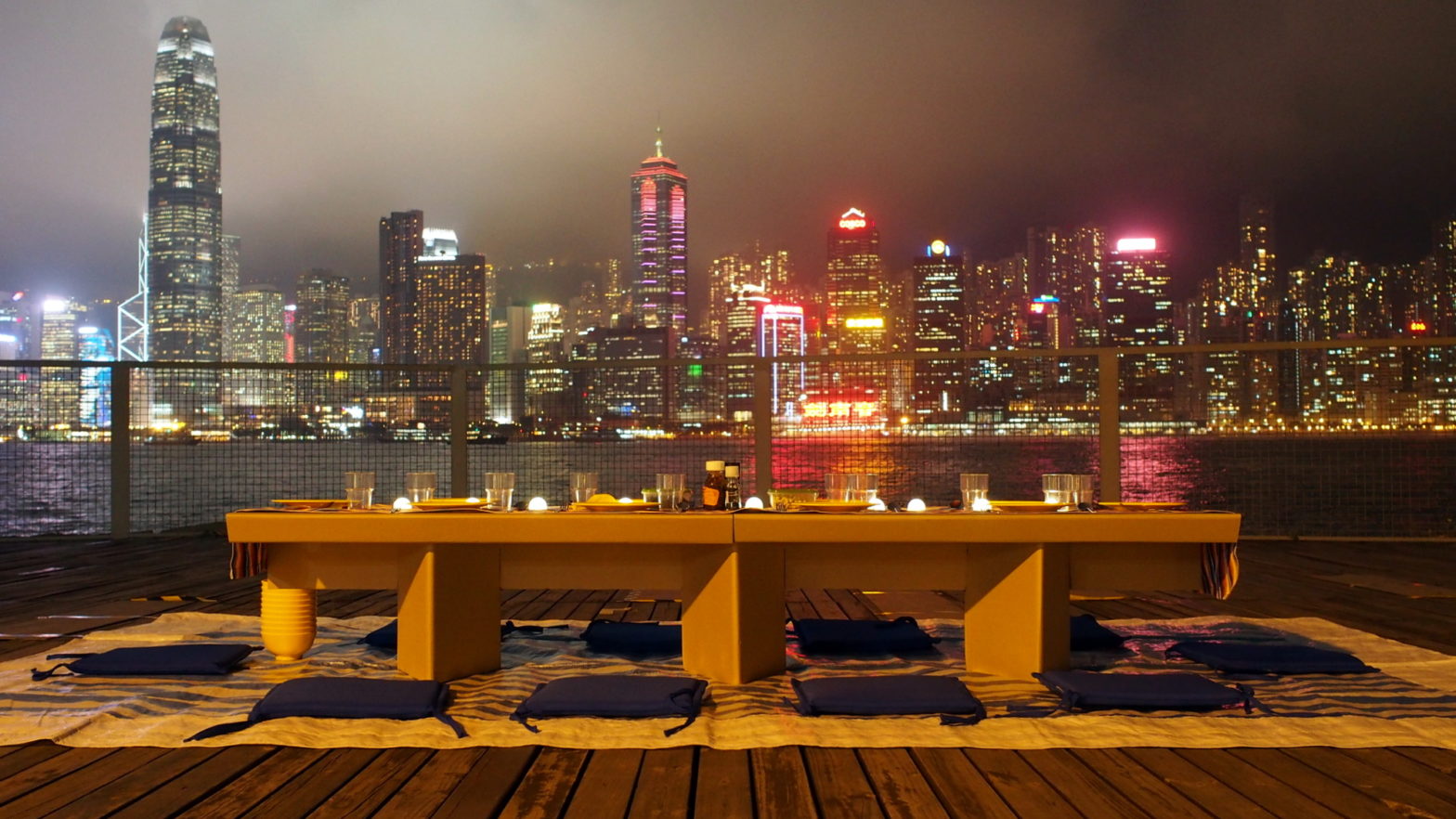Falling off the wagon
These days, “falling of the wagon” means something different to each individual. For me, it represents a departure from the eating, exercise, meditation, and sleep foundation habits that I’ve worked hard to build into my life. Usually, it’s instigated by a change in routine that is either planned or unplanned. Routine changes can be as simple as a business trip or vacation, which send me off course in part because I use triggers and habit stacking to stay on track. A new environment or schedule sometimes doesn’t provide the prompts I’ve come to rely on to reinforce those healthy habits. Most of the time I can pick them back up upon my return, buy not always. Unanticipated life events can also disrupt the routine, particularly when they are emotionally charged. Both good and bad news have a tendency to throw a wrench in my plans because they encourage me to deviate from my regular schedule and set off a roller coaster of emotions. The impact of a single significant event is easier to identify, but often it’s the sum of several smaller events within a …
